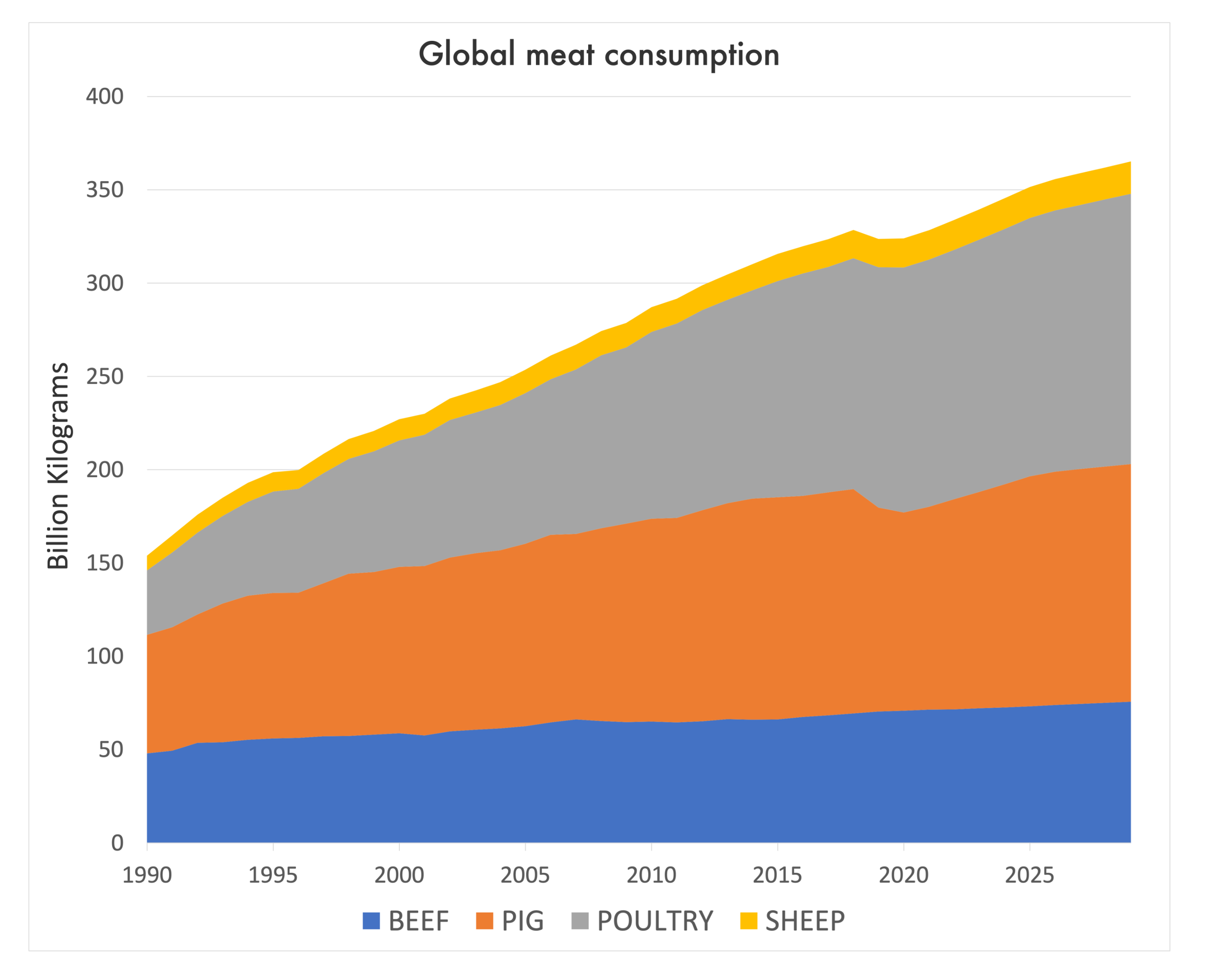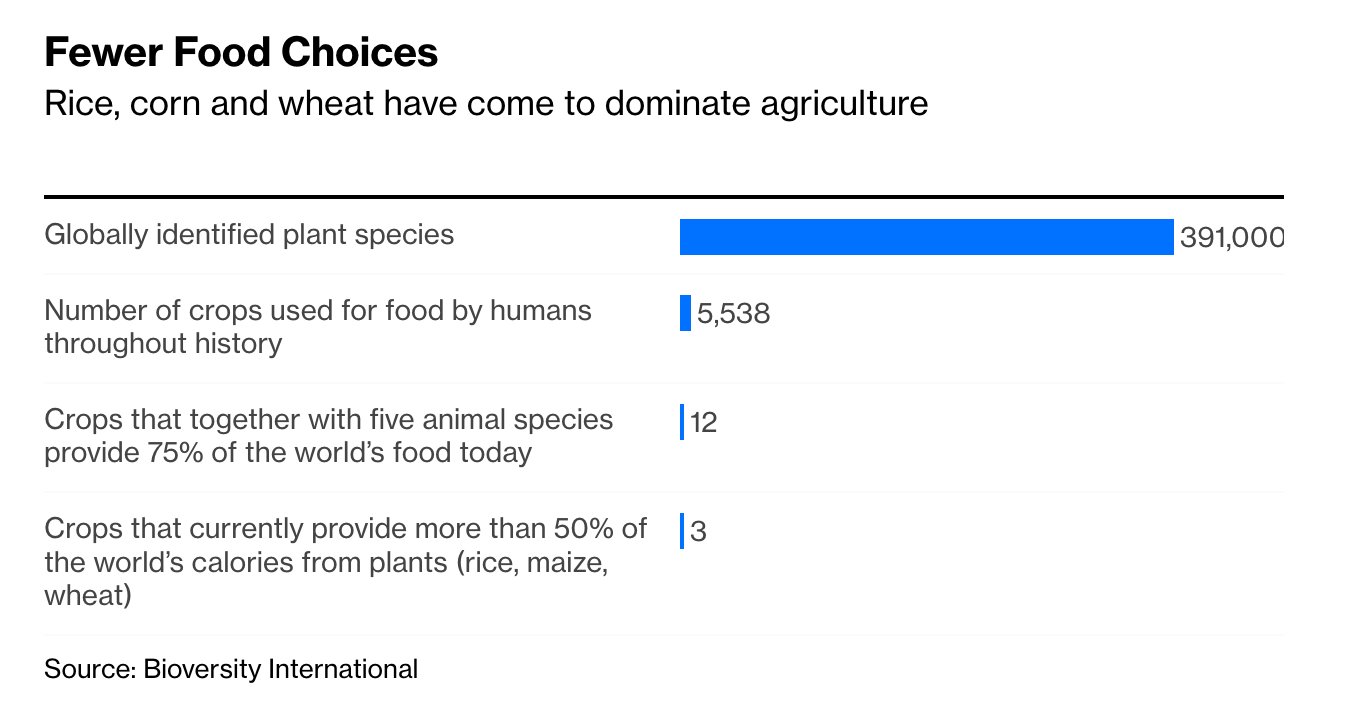We recently published a paper on food system transitions in Nature Food.
Food systems across the world have undergone tremendous changes in the last 50 years, shifting from more rural-based to industrialized and consolidated systems, resulting in both positive and negative impacts across various outcomes, including diets, nutrition and health, environmental sustainability, and livelihoods. In this paper, a food systems typology was used to examine how food systems transitioned historically. Food systems have enabled enough food to be grown to keep pace with the rapidly increasing population while reducing devastating famines that caused hundreds of millions of deaths, but with that great acceleration has come trade-offs and new challenges, particularly with climate change, ecosystem resilience, and deepening issues of inequity, which hamper progress to ensure all people are well-nourished.
This typology has five categories: (1) Rural and traditional, (2) Informal and expanding, (3) Emerging and diversifying, (4) Modernizing and formalizing, and (5) Industrial and consolidated. Categorization is based on the agricultural value-added per worker, dietary change as reflected by the share of dietary energy from staples grains and cereals, urbanization, and supermarket density, which are all closely related to economic growth. The food system typology covers 155 countries and 97% of the world’s population, with 30-32 countries in each category, as illustrated in the figure below.
Source: Marshall, Q., Fanzo, J., Barrett, C.B., Jones, A.D., Herforth, A. and McLaren, R., 2021. Building a global food systems typology: a new tool for reducing complexity in food systems analysis. Frontiers in Sustainable Food Systems, p.432.
Our analysis reveals that although the affordability of a recommended diet has improved over time, current food systems of all types are falling short of delivering optimal nutrition and health outcomes, environmental sustainability, and inclusion and equity for all. Six ‘outlier’ country case studies show broad trends, trade-offs, and deviations: Tajikistan, Egypt, Albania, Ecuador, Bolivia, and the United States of America.
Key Findings
Source: Ambikapathi et al. 2022 Nature Food
1. Recommended diets have become more affordable as food systems have transitioned from rural to industrialized, although access depends on poverty levels which vary within food system types. The figure on the right shows how dramatic the difference is in who can afford a healthy diet.
2. Increasing diet affordability is a function of multiple forces related to overall structural and rural transformation and food system transition. The process of transition determines who within countries can access an affordable diet.
3. While food affordability is high, food system objectives to minimize environmental and climate change consequences and to improve nutrition and health outcomes are not being adequately met. Check out the figure to the right that shows the proportion of GHG emissions from each of the eight food system supply chain stages (land-use change, production, processing, packaging, transport, retail, consumption, end of life) across the five food system typologies. In general terms, land-use change and production practices constitute the primary sources of GHG emissions of all categories. However, as food systems transition from rural to industrialized, the share of these two main sources of emissions changes.
4. The reality of current food system transitions across the typology is far from a sustainable food system transformation. Such a transformation towards sustainable food systems will require addressing these challenges directly and setting a global agenda with equity, nutrition, and the environment at its core. In many cases, this agenda will challenge historical trends and processes that have led us to where we are today.
5. The future will not look like the past and indeed cannot look like the past if we are to achieve sustainable food system transformation. Latecomers to the process of structural transformation face a very different world and a much more challenging economic context. The very process of food system transitions incurred by countries further along with structural transformation and the negative environmental and nutritional outcomes they engendered has changed the parameters of success for future transitions. This, coupled with variation in performance across countries within the five categories of the typology, suggests that we will see unique and heterogeneous patterns of food systems transition.
Implications
1. Effective policies include reliable and well-targeted safety nets, school feeding programs, equitable distribution of land with appropriate environmental management and tenure policies and creating employment that provides increasing incomes relative to food prices to achieve affordable, nutritious diets.
2. Food system transformation towards sustainable food systems will require setting a global agenda with equity, nutrition, and the environment at its core.
3. There are clear future research needs. More in-depth country-level case studies and high-quality sub-national data are needed to identify a range of effective solutions and the political economy tensions that hinder sustainable food system transformation.






